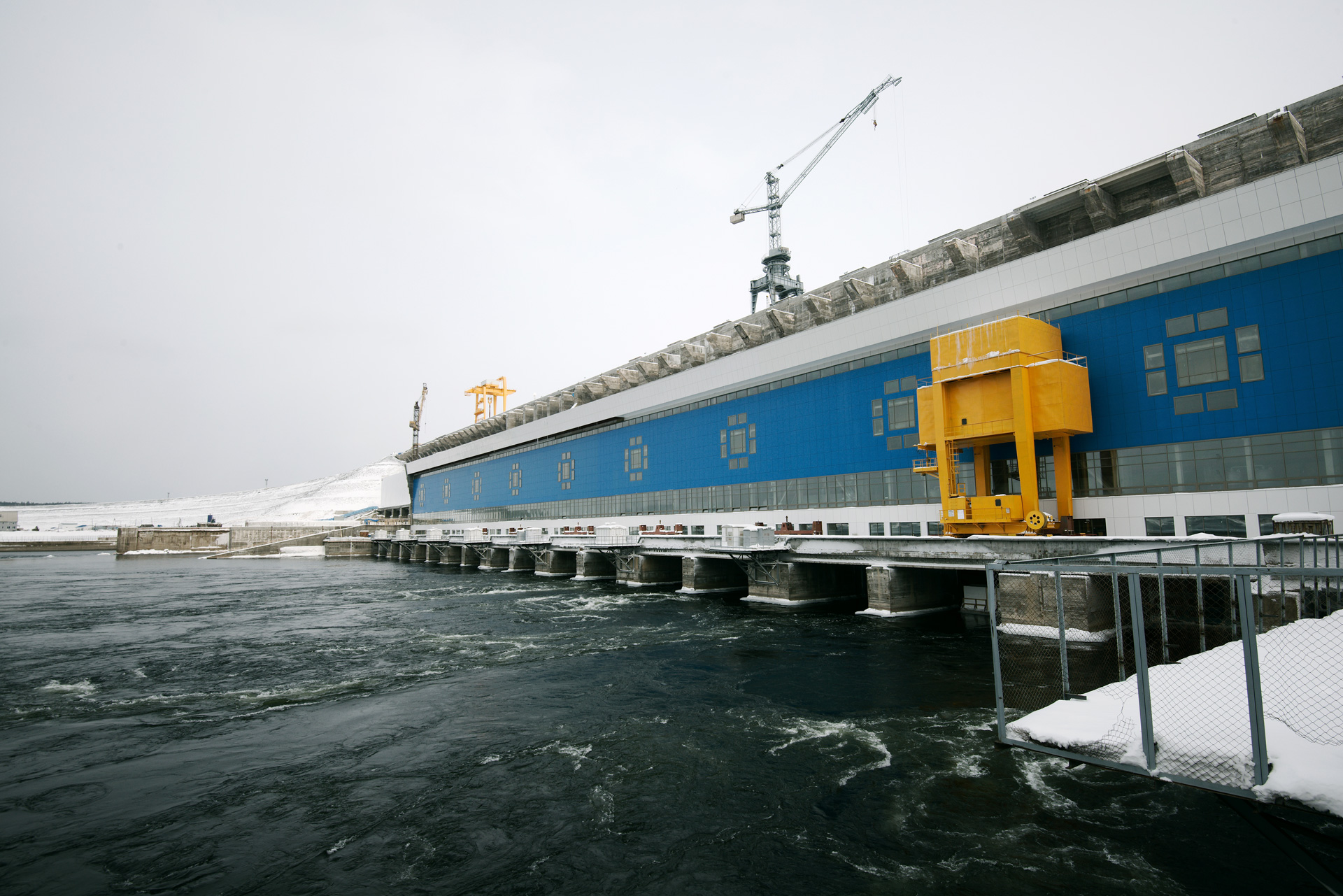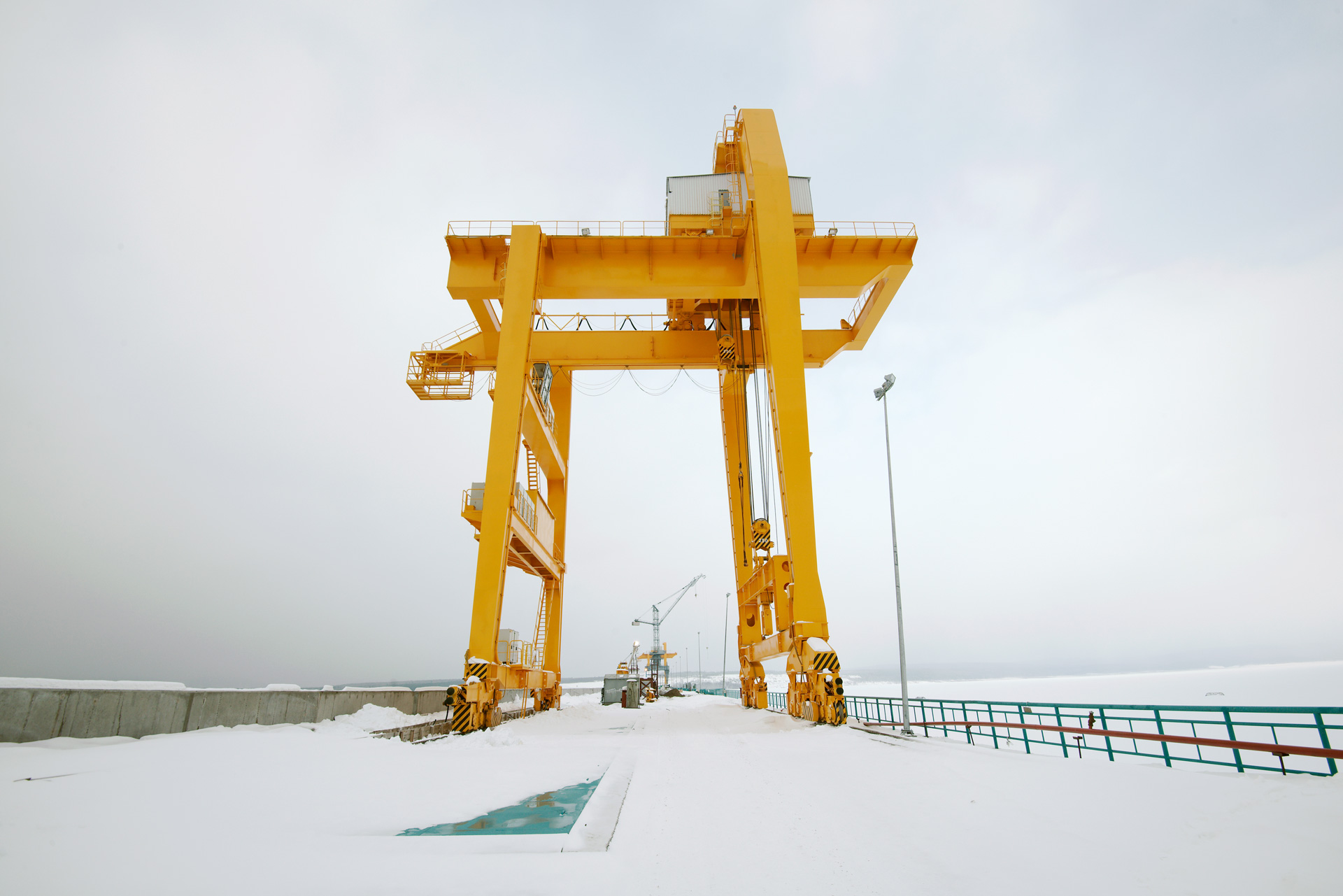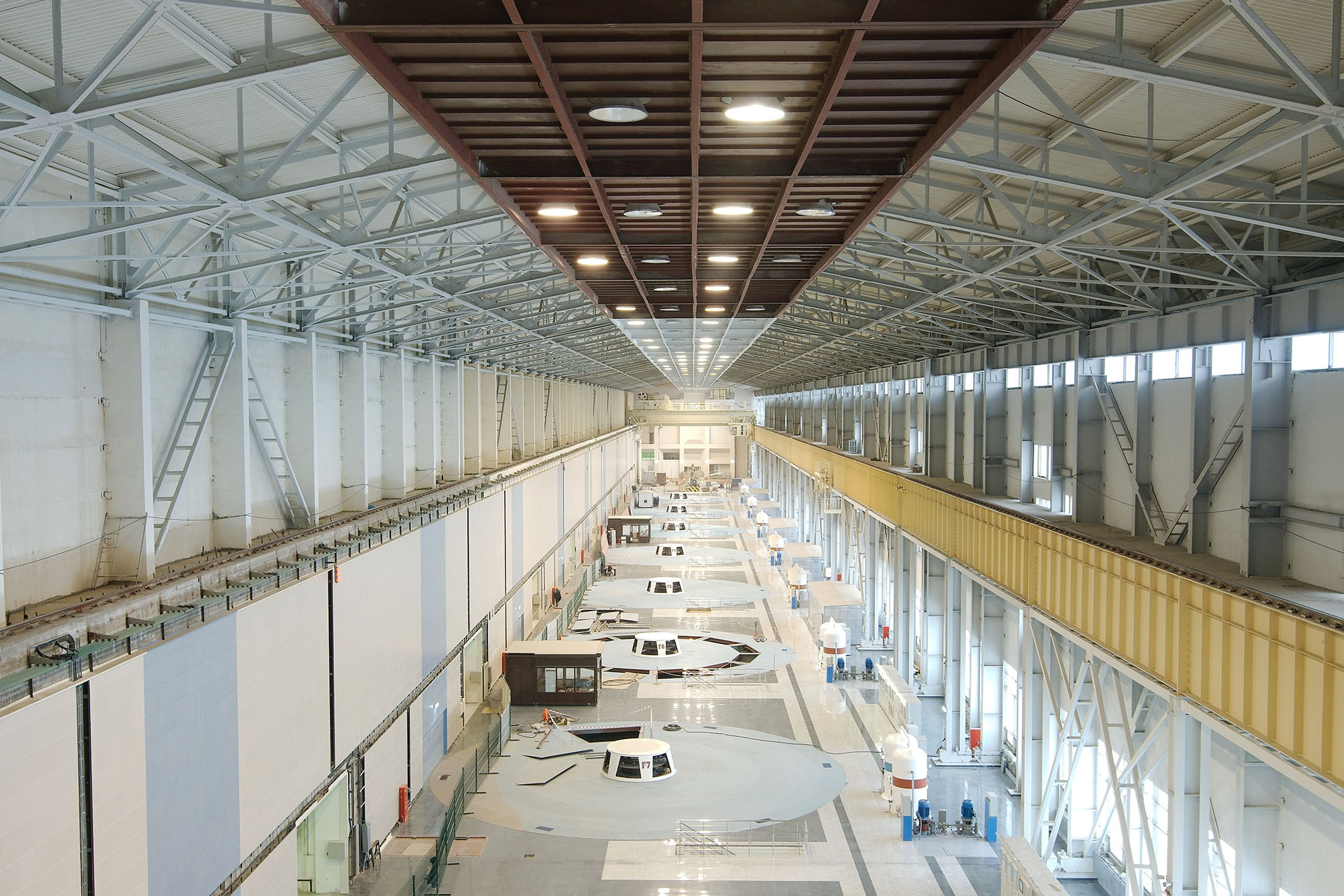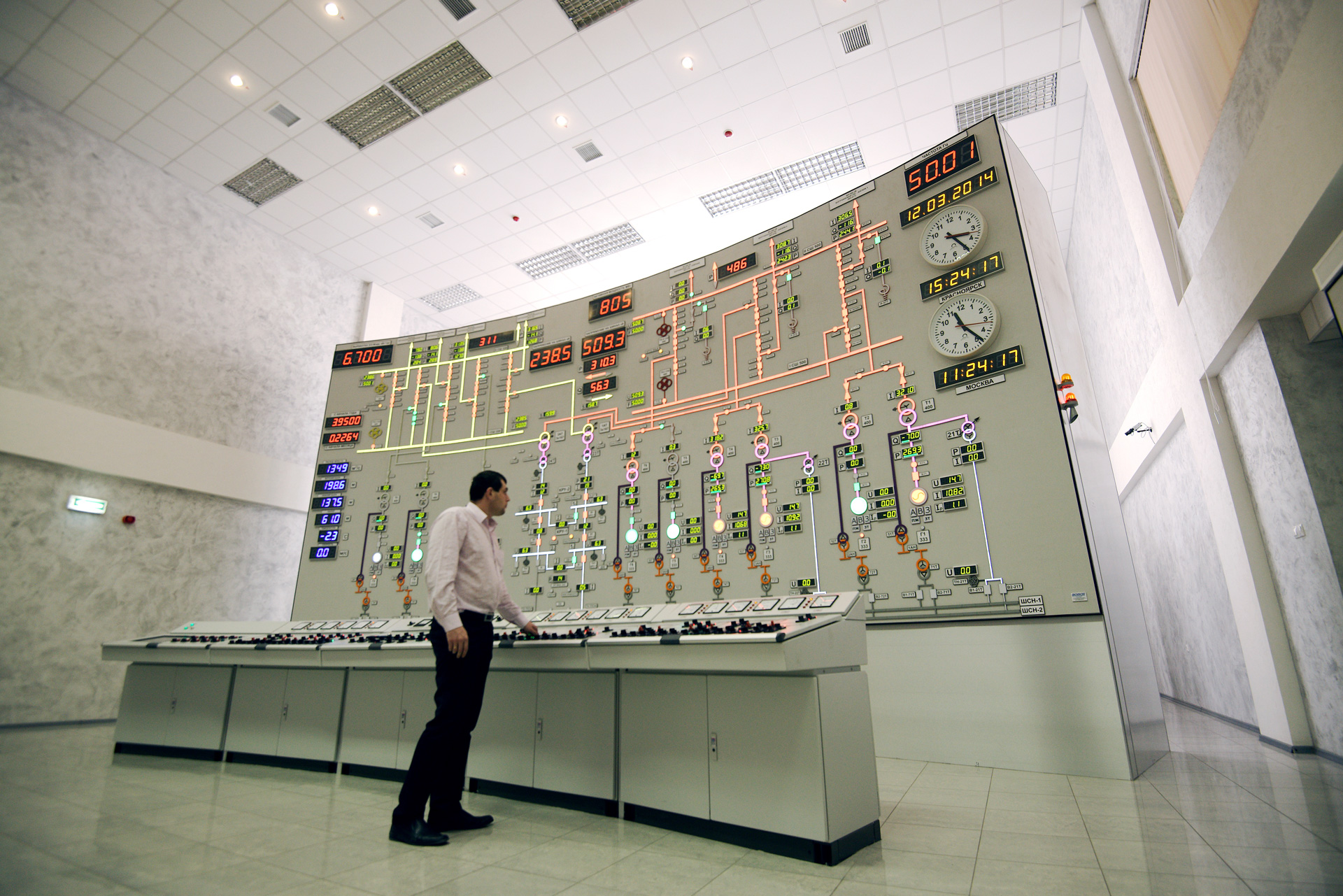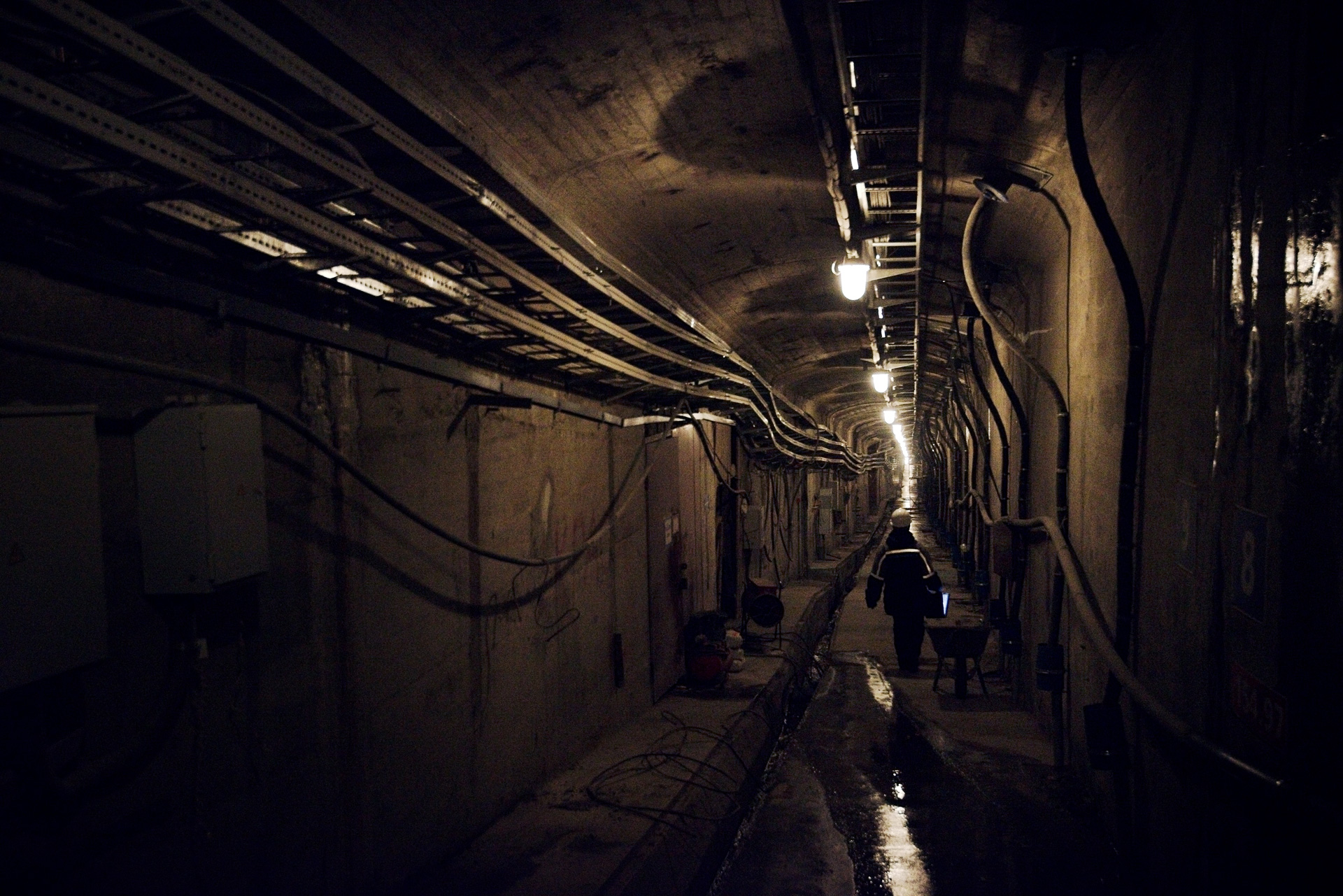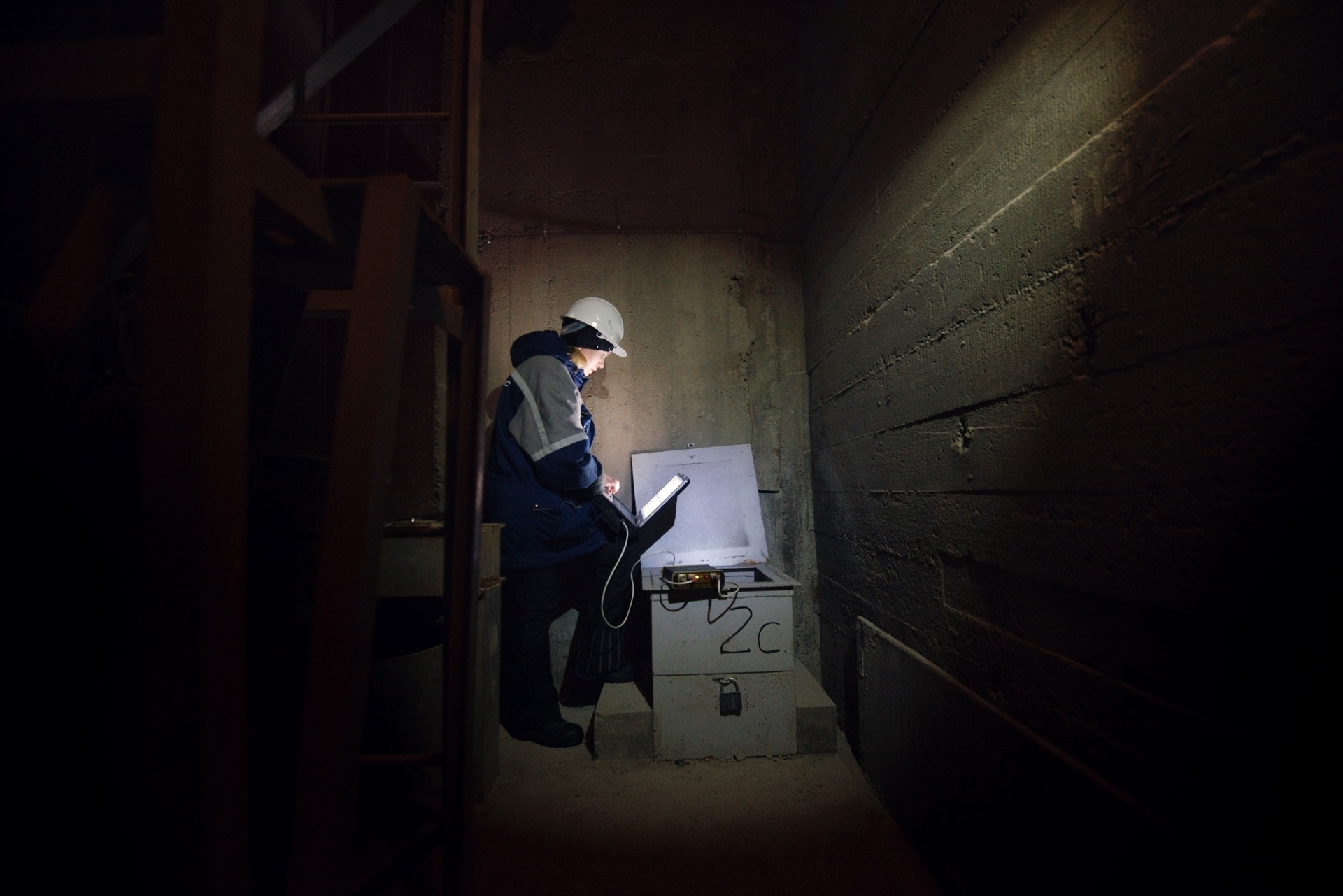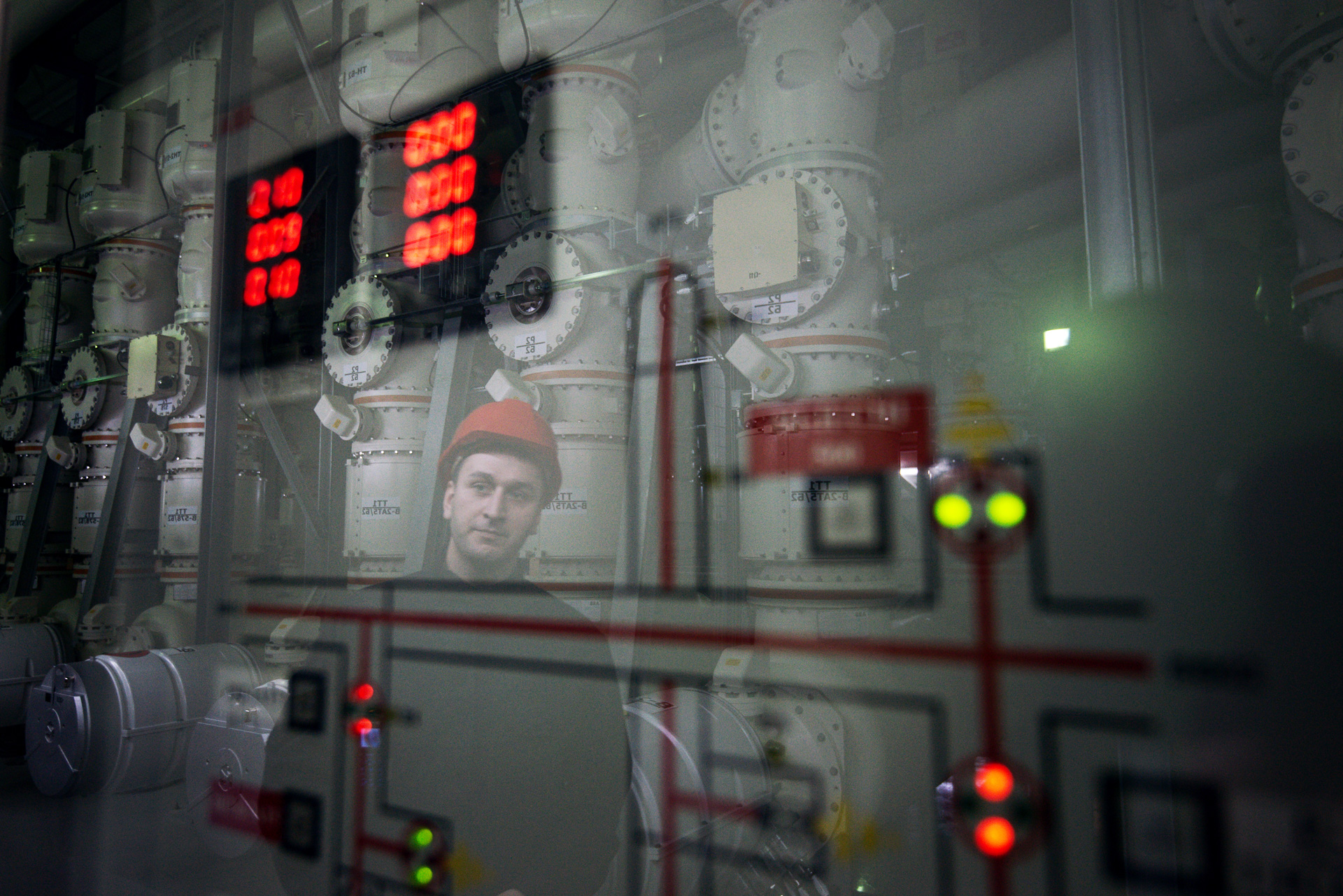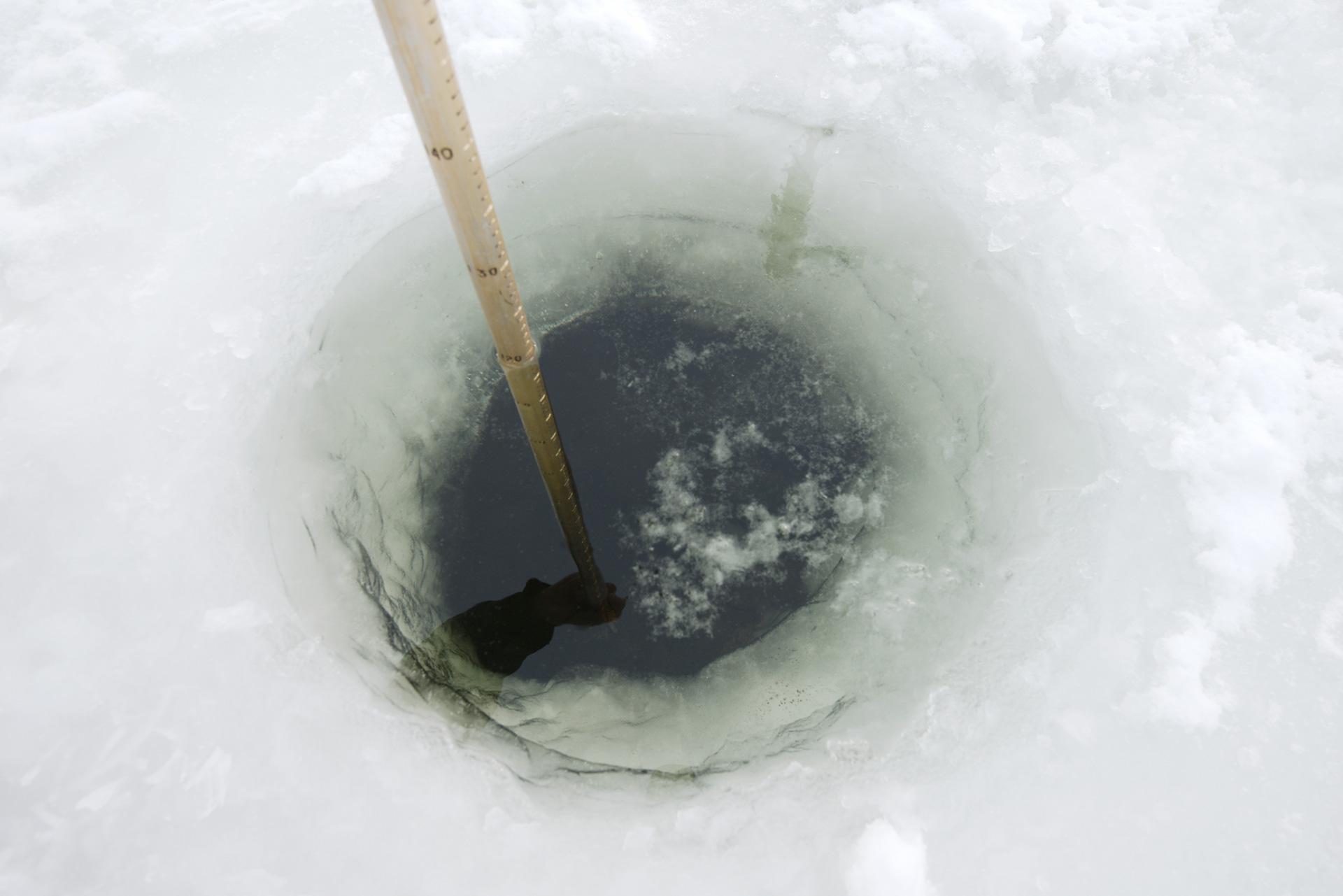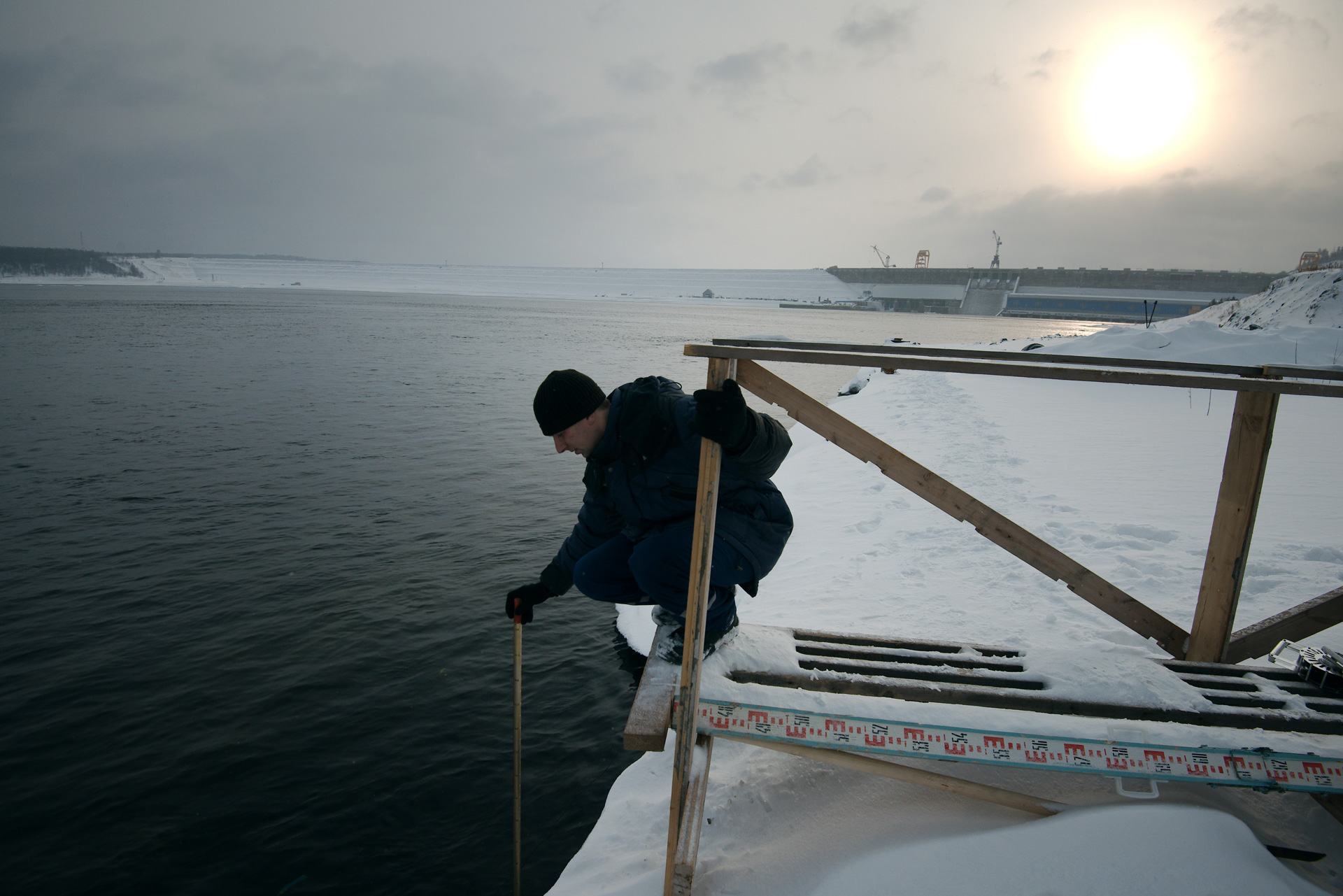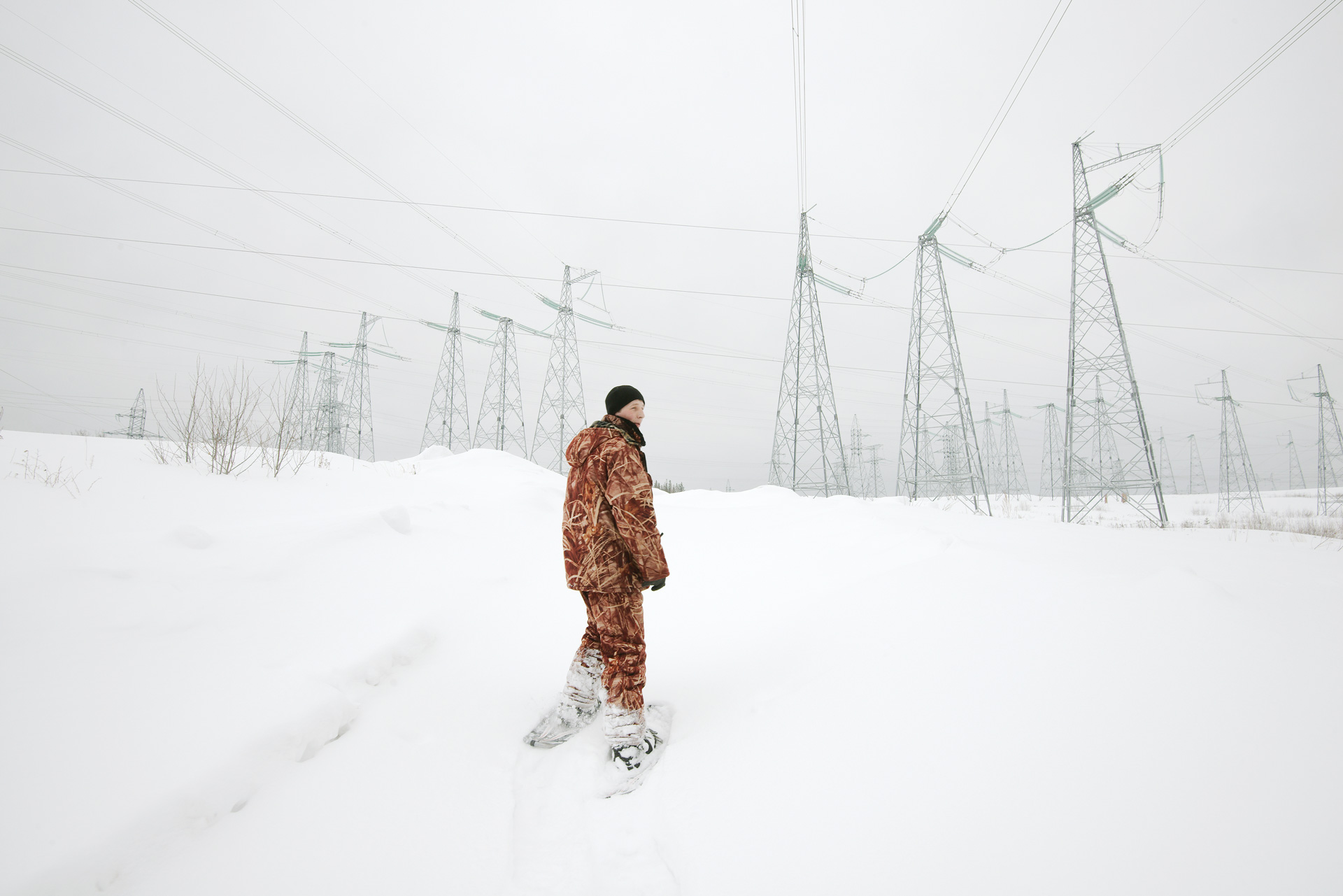Boguchany Dam
For Rushydro media-project «Lyudi Sveta» (People of Light), 2014
The Boguchanskaya HPP is located in the Krasnoyarsk Territory on the Angara River, is part of the Angara Cascade and is its fourth, lower stage.
The construction of the Boguchanskaya HPP is the longest in the history of the Russian hydropower industry.
The first studies of the hydropower potential of the Angara were carried out as early as 1891-1916 during the design and construction of the Trans-Siberian Railway. The design of the BHPP began in 1964 by the Hydroproject Institute, and in 1980 the construction of the main facilities of the station began – on June 18, 1980, the first cubic meter of soil was removed from the pit of the first stage, the first cubic meter of concrete was laid into the body of the dam on April 17, 1982.
Due to a lack of funding, the pace of construction slowed down significantly after the collapse of the USSR, and since 1994, the construction was actually mothballed – the allocated funds were mainly enough only to maintain the already built structures in a safe condition. . At the same time, the need to complete the construction of the Boguchanskaya HPP has never been questioned.
It was possible to resume the construction of the station as part of a public-private partnership in 2006.
At present, the construction of the Boguchanskaya HPP is entering the finish line. In May 2012, the flooding of the Boguchansky reservoir began after the remaining bottom openings were blocked. By March 2014, the level of the reservoir had reached 200 meters. Its full filling up to the level of 208 is expected by the middle of 2015. The timing of filling depends on many hydrological and meteorological conditions – water flow at the upstream Ust-Ilimskaya HPP, lateral inflow volumes, precipitation, air temperature.
The hydrological service of the HPP conducts regular monitoring of the state of the reservoir. It is carried out by a group of hydrologists who travel daily in any weather conditions 2 times a day to measure the water level in the reservoir, carried out at reference points, ice thickness, and snow cover. Hydrologists also measure the temperature of water in thermal sections with hydroelectric thermometers. All data is processed automatically. After filling the reservoir, monitoring will also be carried out automatically.
The station also continuously monitors and controls changes in relief that may occur due to possible ground subsidence. Surveyors walk on snowshoes for several kilometers to get to the desired point, where they install special satellite receivers. Global navigation satellite systems are used to determine the exact coordinates and heights of the planned-altitude network. All data is processed by the software, the slightest changes in coordinates are recorded.
In October 2012, the first units of the Boguchanskaya HPP were launched. Units No. 4, 5 and 6 were launched in 2013. The assembly of the last, ninth hydro unit is in full swing.
The 30-year history of the construction of the Angarsk hydroelectric complex is nearing its end.
To date, the Boguchanskaya HPP has generated and supplied to consumers 7 billion kWh of electricity.
The plant with a capacity of 3,000 MW will provide energy to the Lower Angara region and create conditions for further industrial development of the territory. Thanks to its energy, a number of new industrial productions will be organized here, for example, the Boguchansky aluminum plant, which is currently under construction, will become a significant consumer.
Boguchanskaya HPP will be the most modern among large Russian plants, with a high level of automation.



